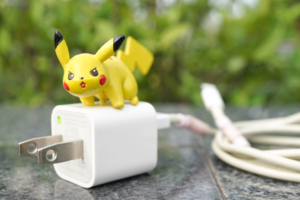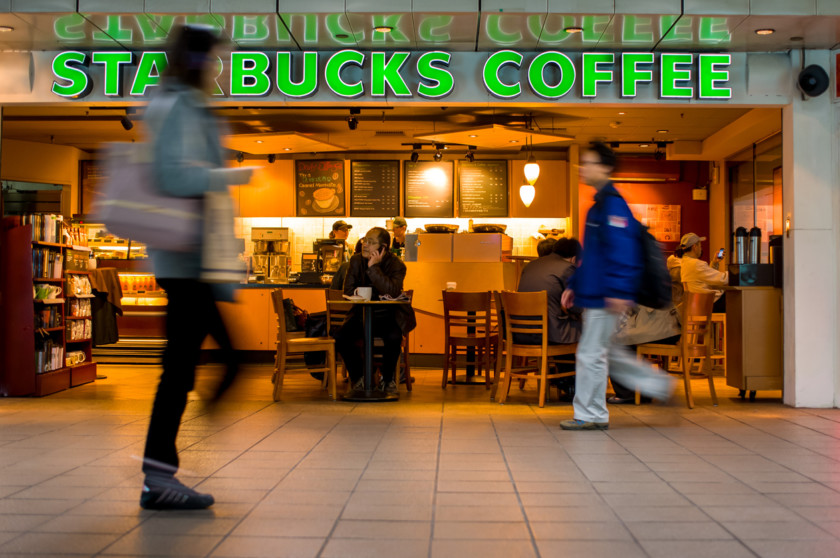Remember Pokémon Go? Only six months ago, it seemed like everyone in the country was playing the mobile game that fused ’90s nostalgia with augmented reality technology. Like most fads, the novelty wore off after a few months, and now the game only serves a niche market of die-hard fans.

The makers of Pokémon Go, Niantic, are trying to change that. In the coming weeks, more than 7,800 Starbucks locations in the United States will become PokéStops or Gyms – places where players can collect in-game goodies or fight each other – in an effort to re-spark the fire that fueled the game’s popularity this summer. In addition, Starbucks has stated that it will start selling Pokémon Go branded drinks.
Starbucks is the perfect fit for Pokémon Go because the two brands cater to the same audience: Millennials with expendable time and money. By working together, the two companies will likely benefit each other mutually – after all, who doesn’t like to sit on their and play a game on their phone in a coffee shop?
However, the Niantic Starbucks partnership has wider significance. It shows that brands that offer only online products can match almost perfectly with brands that offer only tangible products. The real world and the online world are more compatible than it might seem at first blush; we just need to find the right pairings to make it work.
Pokémon Go at Starbucks’ deal is exciting for coffee-loving game players, but it also represents a match made on the cusp of a new era of cross-medium advertising.


